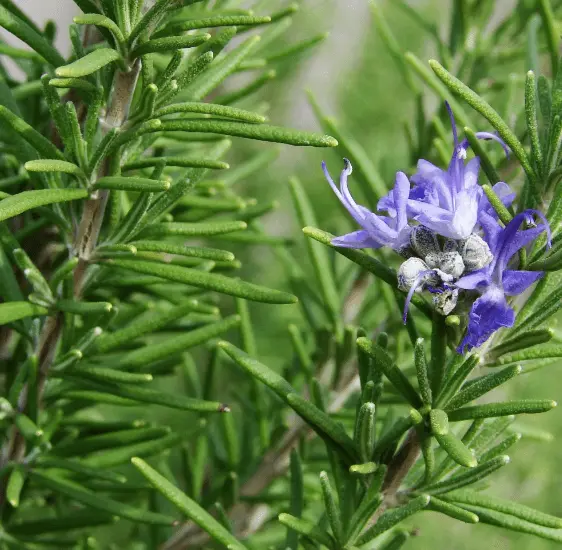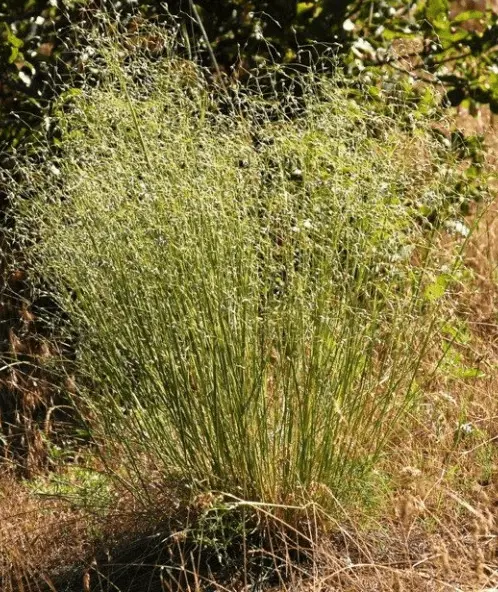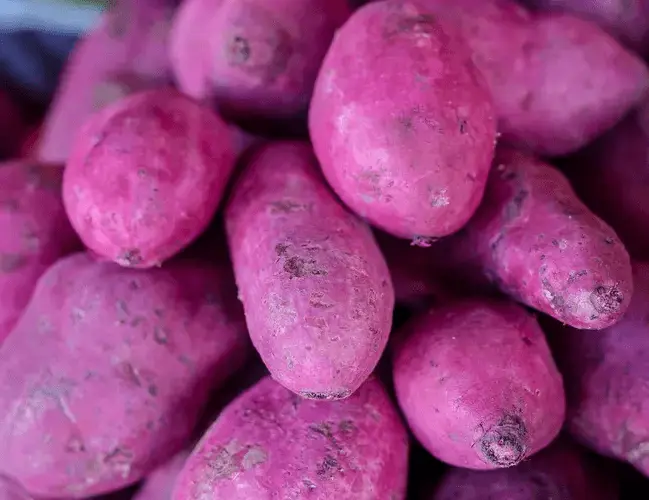
Soil Health & Fertilization
We unite suppliers and green industry professionals worldwide
Jalapeño is a mildly hot but versatile chili pepper that has gained fans in many parts of the world.
By Victor Miller
|Published on September 23, 2025


The jalapeño pepper, Capsicum annuum, is one of the most widely cultivated chili peppers in the world, known and valued in part due to its moderate heat and distinctive flavor. Popularized for adding a spicy element to a myriad of foods, Jalapeños are multifaceted plants that can be used not only to liven up dishes but also to decorate any home garden.
The Jalapeño is native to Mexico but has a rich cultural history and is now massively cultivated worldwide, especially in warmer climates. Gardeners also grow it because it is comparatively simple to cultivate, has high yields, and fruits can be consumed fresh, pickled, or smoked and dried as well.
| Scientific Name | Capsicum annuum |
| Common Names | Jalapeño, Chili Jalapeño, Chipotle (when smoked) |
| Family | Solanaceae (Nightshade family) |
| Genus | Capsicum |
| Species | Capsicum annuum |
| Cultivars | Popular cultivars include Early Jalapeño, Purple Jalapeño, and TAM Mild Jalapeño |

September 25, 2025
9 minute read
September 24, 2025
9 minute read
September 23, 2025
10 minute read
September 22, 2025
9 minute read


Join as a seller and connect with thousands of B2B buyers nationwide!
Sign Up

Upright Rosemary
Upright Rosemary (Rosmarinus officinalis) is one of the most popular and useful herbs in the world. This hardy species is appreciated for its aromatic leaves and stately growth, as well as in the kitchen, garden, and for its medicinal properties.

Ulluco
Ulluco is a vibrant root crop. The plant has small but vibrantly colored tubers — they can be yellow, red, pink, green, orange, or even a mix of colors (which means it’s one of the most colorful root crops in the world).

Upland Ricegrass
Upland Ricegrass is a tough and adaptable grass found growing primarily in drylands and uplands, fighting it out with the less palatable plants. It is highly valued as a grain food both for people and for animals in areas with few other crops.

Yam
Yams are starchy roots that are cultivated as a food plant throughout the world by farmers. Yams are enjoyed worldwide as a source of nutrients and a cooking staple, and they belong to the Dioscoreaceae family.
Jalapeños are a part of the nightshade group, and they resemble other popular peppers.
Jalapeños are versatile, valued both in the kitchen and for their health properties.
Medicinal/traditional: Capsaicin has been traditionally identified as the compound used in topical analgesic ointment as well as a digestion stimulator.
Jalapeños perform better when exposed to warmth, light, and well-drained soil.
Jalapeño seeds are small yet potent, containing the genetic information of hotness and taste.
With strong Jalapeño plants, plant seeds at a proper temperature and soil.
Jalapeño seeds can last for years under proper storage.
Vigor Testing: Such tests as germination of seeds by soaking or using germination paper towels can assist in evaluating whether seeds are healthy enough to plant.
The best harvests come from starting jalapeños indoors, or outdoors early in warm-weather regions.
Jalapeños can be very healthy and strong plants, though there are some potential problems:
Jalapeños can be preserved fresh and frozen, and used in the long run or stored without preservatives.
Seed Storage: Seed storage in airtight containers in a cool, dry place lasts up to 3years.
Jalapeño is a mildly hot but versatile chili pepper that has gained fans in many parts of the world. Its moderate heat, explosion of green-to-red ripening fruit, and versatility, as everything from fresh salsas to smoked chipotles, make it a kitchen favorite as well as a satisfying garden crop.
Jalapeños are simple to cultivate in warm conditions or pots and will grow well with minimal care. They can be harvested regularly throughout the summer. They are a good response for both novice and expert gardeners in terms of ease of growth, as they graduate from seed germination to harvest.
From sowing to harvest, Jalapeños typically take 70–90 days.
Yes, ripened red Jalapeños are often slightly sweeter and hotter than green ones.
Yes, with sufficient sunlight or grow lights, Jalapeños can be grown indoors in pots.

Soil Health & Fertilization
Victor Miller

Pest Identification & Prevention
Victor Miller

Lawn Care Tips & Maintenance
Victor Miller

Soil Health & Fertilization
Victor Miller

Smart Irrigation Systems
Victor Miller

Patios, Walkways & Driveways
Victor Miller

Soil Health & Fertilization
Victor Miller

Pest Identification & Prevention
Victor Miller
My Account
Our team is always here to help.
We are open Monday - Friday, 9:00 AM to 4:30 PM PST.